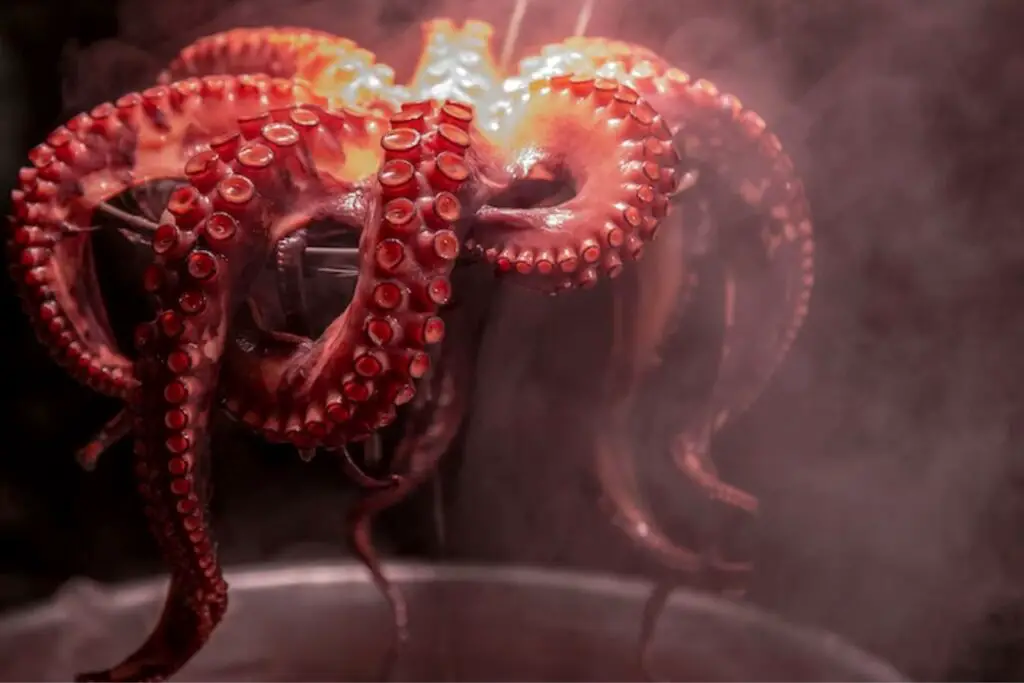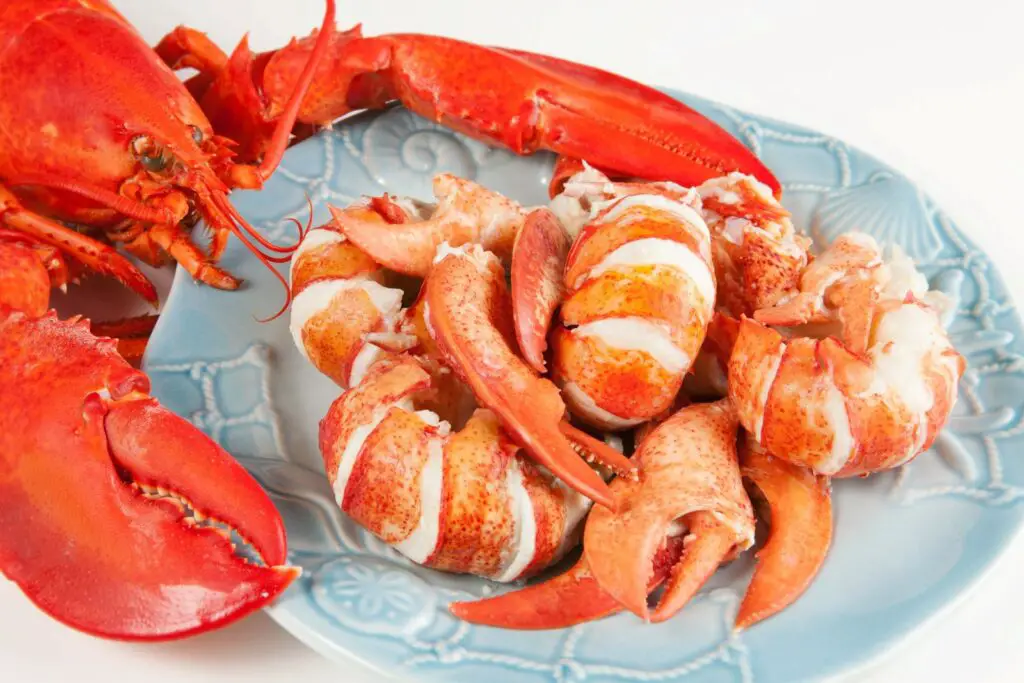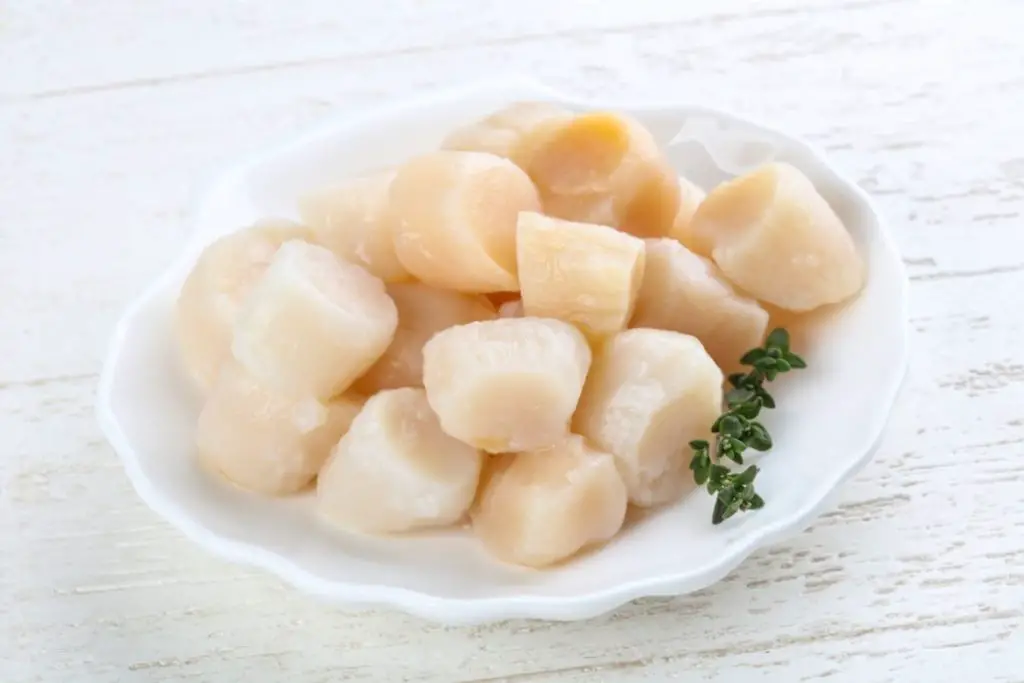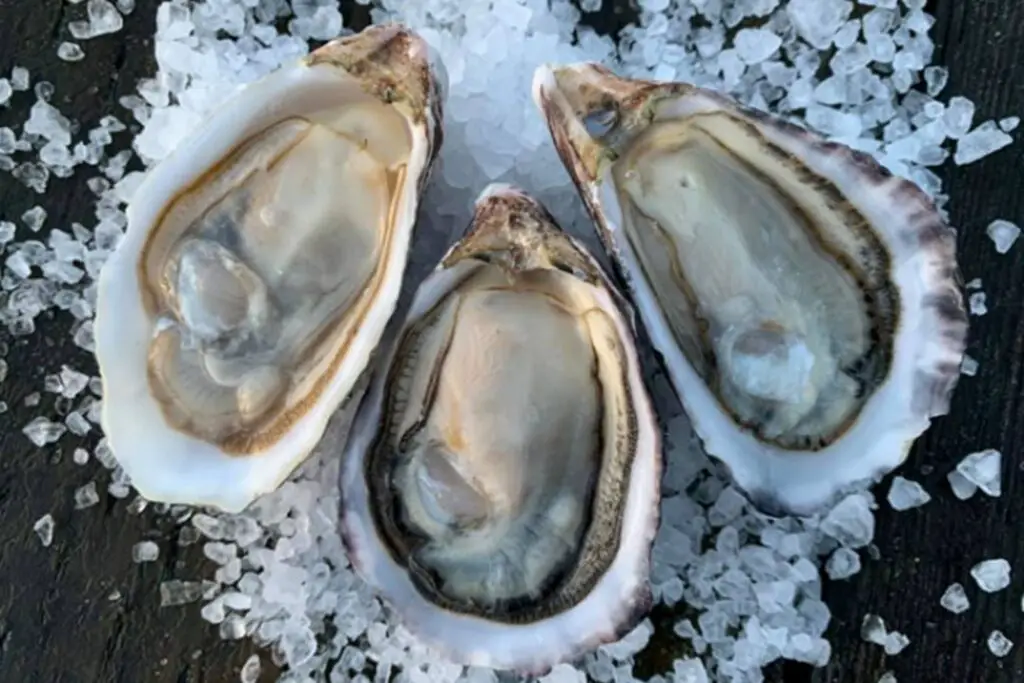
Blue crabs are a popular and highly sought-after seafood delicacy known for their sweet and succulent meat. These iconic crustaceans, with their vibrant blue claws and intricately patterned shells, are commonly found along coastal regions. Blue crabs are a versatile ingredient and can be enjoyed in a variety of dishes, such as crab cakes, crab boils, or as a topping for seafood pasta. If you have an abundance of blue crabs or want to savor their delectable flavors at a later time, freezing can be an effective method to preserve their taste and texture. Freezing blue crabs allows you to enjoy their briny goodness and indulge in crab-based dishes even when they are not readily available. In the following section, we will explore the process of freezing blue crabs and offer tips for maintaining their quality after thawing.
Here is a step-by-step guide on how to freeze blue crabs:
Step 1: Clean and cook the blue crabs
Before freezing blue crabs, it’s crucial to clean and cook them properly. This step ensures that the crabs are safe to eat and helps preserve their flavor during the freezing process. Here’s a detailed explanation of how to clean and cook blue crabs:
- Start by rinsing the blue crabs under cold water. This helps remove any dirt, sand, or debris that may be present on the shells.
- Prepare a large pot of water and bring it to a rolling boil. You can add salt or your preferred seasonings to enhance the flavor of the crabs.
- Carefully place the blue crabs into the boiling water. You can do this one at a time or in batches, depending on the size of your pot. Be cautious when handling live crabs, using tongs or gloves to avoid getting pinched.
- Let the blue crabs cook in the boiling water for about 8-10 minutes. The cooking time may vary slightly depending on the size of the crabs. You’ll know they are cooked when the shells turn a vibrant orange color.
- Once the crabs are cooked, remove them from the pot using tongs or a slotted spoon. Allow them to cool down completely before proceeding to the next steps. Cooling the crabs prevents them from overcooking and helps maintain their texture and flavor.
Cleaning and cooking the blue crabs before freezing not only ensure their safety but also enhances their taste. The boiling process cooks the crabs thoroughly and imparts flavors from the seasonings, resulting in delicious crab meat. It’s important to cool the crabs down completely to prevent them from becoming mushy or losing their natural juiciness. Properly cleaned and cooked blue crabs are now ready to be packaged and frozen for later use.
Can I freeze blue crabs without cooking them first?
It is not recommended to freeze blue crabs without cooking them first. Freezing raw blue crabs can lead to a loss of quality and can be unsafe due to the potential presence of bacteria. Cooking the blue crabs before freezing not only ensures their safety but also helps preserve their flavor and texture during the freezing process.
Step 2: Remove the crab meat (optional)
If you prefer to freeze only the crab meat, you have the option to remove it from the shells after the blue crabs have cooled down. Here’s an explanation of how to extract the crab meat:
- Once the crabs have cooled down completely, it’s time to separate the crab meat from the shells. This step allows you to freeze the meat separately, making it more convenient for future use in recipes.
- Begin by gently cracking the crab shells using a crab cracker or a mallet. Apply enough pressure to break the shells without crushing the meat inside. Start at the legs and claws, where most of the meat is concentrated.
- Carefully extract the crab meat from the cracked shells. Use your fingers or a small utensil, such as a seafood pick or fork, to remove the meat from the crevices and compartments. Take your time to ensure you get as much meat as possible while avoiding any shell fragments or cartilage.
- As you remove the meat, discard any unwanted parts such as shell fragments or cartilage. It’s essential to have only clean, edible crab meat for freezing.
When extracting the crab meat, be careful not to leave any shell fragments behind, as they can be unpleasant to bite into when eating the crab meat later. With clean, separated crab meat, you can proceed to the packaging and freezing steps, ensuring that it maintains its quality and taste while in the freezer.
Step 3: Package the blue crabs
When freezing blue crabs, it’s essential to package them properly to preserve their freshness and protect them from freezer burn and unwanted odors. Here’s an explanation of how to package blue crabs for freezing:
- Start by wrapping each individual blue crab or portion of crab meat tightly in plastic wrap. This step helps create a barrier that prevents air and moisture from reaching the crabs, reducing the risk of freezer burn. Make sure to wrap the crabs or crab meat as tightly as possible to minimize any potential exposure to air.
- After wrapping the blue crabs in plastic wrap, it’s recommended to provide an additional layer of protection by wrapping them again in aluminum foil. The aluminum foil acts as an extra shield against freezer burn and helps maintain the crabs’ quality during freezing. Ensure that the crabs or crab meat are fully covered and sealed within the aluminum foil.
Furthermore, the packaging process also safeguards the blue crabs from absorbing any unwanted odors from other foods in the freezer. This ensures that the crabs retain their distinct flavor and do not take on any undesirable smells during the freezing period.
Proper packaging is crucial for preserving the quality of the blue crabs, whether you’re freezing them as a whole or just the crab meat. It allows you to enjoy delicious, fresh-tasting crabs even after they’ve been stored in the freezer for an extended period.
Step 4: Label and date the package
Properly labeling and dating the packages of frozen blue crabs is crucial for easy identification and maintaining an organized freezer. Here’s an explanation of why labeling and dating are important:
- Use a permanent marker to write “Blue Crabs” or “Crab Meat” directly on the aluminum foil or on a sticker attached to the package. This clear labeling allows you to quickly identify the contents of each package without having to open or thaw them.
- Include the date of freezing on the label as well. Write down the month and day when the blue crabs were frozen. This step helps you keep track of their storage time and ensures that you use them within the recommended timeframe for optimal quality.
Additionally, noting the date of freezing is essential for maintaining food safety and quality. It helps you keep track of how long the blue crabs have been stored in the freezer. With the recommended storage time for frozen blue crabs being up to three months, the date on the label serves as a reminder to consume them within that period for the best taste and texture.
Proper labeling and dating contribute to an efficient freezer management system and ensure that you can enjoy your frozen blue crabs at their peak quality.
Step 5: Store the wrapped blue crabs in the freezer
After properly wrapping and labeling the blue crabs, it’s time to store them in the freezer. The way you store them can impact their quality and longevity. Here’s an explanation of how to store the wrapped blue crabs in the freezer:
- Choose a suitable spot in the freezer where the blue crabs won’t be crushed or disturbed by other items. Select a flat surface or a designated area where they can lay undisturbed.
- It’s recommended to store the wrapped blue crabs in a single layer. This allows for even freezing and prevents them from sticking together. If you have multiple packages, place them side by side without stacking them on top of each other.
- Avoid placing the blue crabs near the freezer door. The area near the door experiences more temperature fluctuations as it is exposed to warmer air whenever the freezer is opened. Placing the blue crabs in this area can lead to inconsistent freezing and affect their quality.
Avoiding the area near the freezer door is important to minimize temperature fluctuations. Consistent and stable freezing conditions help preserve the texture, flavor, and overall quality of the blue crabs during their storage period.
Proper storage in the freezer ensures that your frozen blue crabs remain in optimal condition until you’re ready to use them. By following these guidelines, you can confidently store and retrieve your blue crabs without compromising their taste and texture.
What is the ideal freezing temperature for freezing blue crabs?
The ideal freezing temperature for freezing blue crabs is 0°F (-18°C) or below. Freezers set at this temperature help to maintain the quality of the crabs and minimize the formation of ice crystals, which can cause freezer burn. It is important to check and set your freezer to the appropriate temperature to ensure optimal freezing conditions for the blue crabs.
Other related questions
How do I defrost blue crabs?
To defrost blue crabs, it’s recommended to transfer them from the freezer to the refrigerator. Allow the blue crabs to thaw slowly in the refrigerator overnight or for about 24 hours. This gradual thawing process helps maintain the texture and flavor of the crabs. Avoid defrosting blue crabs at room temperature or using hot water, as these methods can lead to uneven thawing and compromise the quality of the meat. Once fully thawed, the blue crabs are ready to be cooked and enjoyed.
How long can I store frozen blue crabs?
You can store frozen blue crabs for up to 3 months without significant loss of quality. However, it’s best to consume them within this timeframe for the best taste and texture. Freezing helps preserve the blue crabs, but the longer they are stored, the more the quality may deteriorate. To ensure the best results, label, and date the packages and prioritize using them within the recommended storage period.
Can I refreeze blue crabs that have been previously frozen and thawed?
It is generally not recommended to refreeze blue crabs that have been previously frozen and thawed. Each time a crab goes through the freezing and thawing process, it can compromise its texture and taste. Additionally, repeated freezing and thawing can increase the risk of bacterial growth and diminish the overall quality of the crab meat. To maintain the best quality, it is advisable to consume blue crabs promptly after the initial thawing and avoid refreezing them.
How do I know if my frozen blue crabs have gone bad?
To determine if your frozen blue crabs have gone bad, there are a few indicators to look for. First, check for any noticeable changes in color. If the crabs appear discolored or have developed dark spots, it may indicate spoilage. Secondly, examine the texture of the meat. If it feels excessively mushy, slimy, or has a strong odor, it is likely spoiled. Additionally, freezer burn can affect the quality of the blue crabs, causing dryness and a distinct freezer-burned flavor. Lastly, trust your senses – if the crabs look, smell, or feel off, it’s best to err on the side of caution and discard them to avoid any potential foodborne illness.
Can I use frozen blue crabs with fresh ones?
Yes, you can use frozen blue crabs alongside fresh ones in certain preparations. However, it’s important to note that the texture and flavor of frozen blue crabs may differ slightly from fresh ones. Frozen blue crabs are best utilized in recipes where they will be cooked or used as an ingredient rather than served whole. It’s advisable to thaw and cook frozen blue crabs separately from fresh ones to ensure even cooking and to prevent any cross-contamination. Experimenting with a combination of fresh and frozen blue crabs can provide a convenient option for enjoying these delicious crustaceans year-round.
Can I freeze blue crab meat that has already been seasoned or cooked?
Yes, you can freeze blue crab meat that has already been seasoned or cooked. However, it’s important to note that freezing may slightly alter the texture of the seasoned or cooked crab meat. To minimize any potential loss of quality, ensure that the crab meat has cooled down completely before packaging it tightly in airtight containers or freezer bags. Properly labeled and dated, the seasoned or cooked crab meat can be stored in the freezer for up to three months.
Can I freeze blue crabs in their shells or do I need to remove them?
It’s possible to freeze blue crabs with their shells intact, but it’s recommended to remove them before freezing to prevent freezer burn and improve storage. The shells can also become brittle and break off during the freezing process, potentially damaging the meat.
Can I freeze blue crab meat only?
Yes, you can freeze blue crab meat. First, remove the meat from the shells and rinse it thoroughly. Drain off any excess water and pat the meat dry. Then, place the meat into an airtight container or a heavy-duty freezer bag and remove as much air as possible before sealing. Label the container with the date and place it in the freezer. Crab meat can be frozen for up to 3 months.








